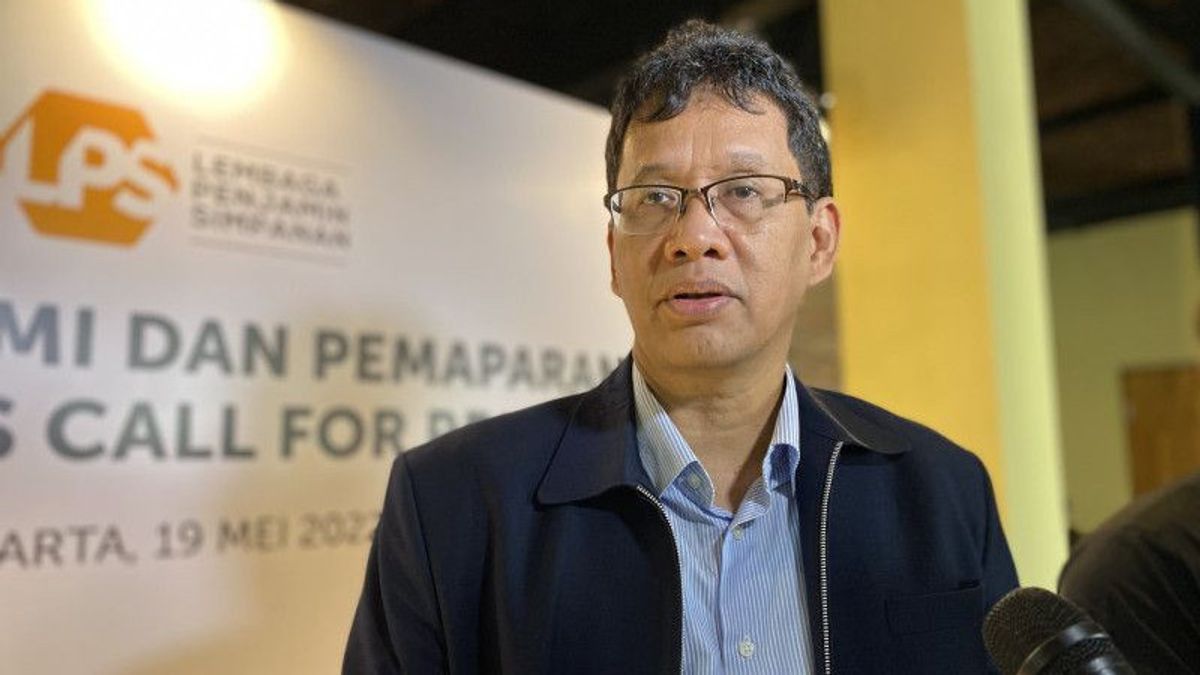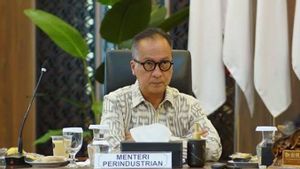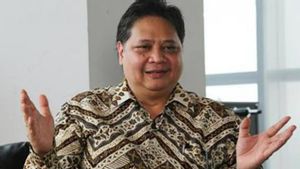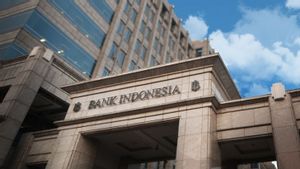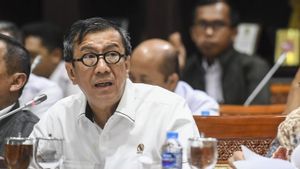JAKARTA - Chairman of the Board of Commissioners of the Deposit Insurance Corporation (LPS), Purbaya Yudhi Sadewa, revealed that financial inclusion in Indonesia is higher than financial literacy. For that, he said, financial inclusion in Indonesia still needs to be improved.
Based on the National Survey of Financial Literacy and Inclusion of the Financial Services Authority (OJK) in 2019, Indonesia's financial inclusion index touched 76.19 percent, while financial literacy only touched 38.03 percent.
"Inclusion and financial literacy are increasing, but there is a gap between inclusion and literacy. In addition, there is a gap in inclusion and literacy between regions in Indonesia," he said in a webinar in Jakarta, Thursday, August 18.
He detailed that the financial inclusion index in 2013 was 59.74 percent, while financial literacy was at 21.84 percent. Meanwhile, in 2016, the inclusion index increased to 67.80 percent and financial literacy was in the range of 29.70 percent.
"It has increased but not much," he said.
Meanwhile, based on the type of financial institution, Purbaya said it was still dominated by banks. This can be seen from the data on banking financial inclusion in 2019 which reached 73.88 percent, while banking financial literacy was at 36.12 percent.
"Inclusion and public financial literacy are still dominated by access and knowledge of types of banking financial services," he added.
Purbaya further added that the number of investors in Indonesia continues to show an increasing trend. Based on data from the Indonesian Central Securities Depository (KSEI) as of July 2022, the number of capital market investors has touched 9.3 million investors.
Meanwhile, the number of stock investors as of July 2022 is 4.1 million investors. On the other hand, the number of mutual fund investors as of July 2022 stood at 8.6 million investors. Also, the number of SBN investors as of July 2022 was 736.4 thousand investors.
"Demographically, investors in Indonesia are dominated by the younger generation (under 30 years old) and the highest educational background is SMA/equivalent," said Puraya.
To improve financial literacy in the community, his party has synergized with Bank Indonesia, OJK, and the Ministry of Finance through the Development Financing Coordination Forum through the Financial Market (FK-PPPK) as a joint effort to increase financial literacy for the younger generation and the public in order to enlarge the retail investor base. and developing the financial sector in Indonesia. Recently launched Like It!
"LPS routinely provides financial education content through social media, such as introduction to the role and function of IDIC, tips and tricks in managing finances, etc. This socialization is directed so that the younger generation can quickly receive financial information in a contemporary form," he explained.
In addition, IDIC also regularly provides financial education content through social media, such as introduction to IDIC roles and functions, tips and tricks in managing finances, and others. This socialization is directed so that the younger generation can quickly receive financial information in a contemporary form.
Third, IDIC cooperates with universities/colleges to develop curriculum on LPS's and public financial literacy. In addition, with universities/colleges, IDIC also often conducts socialization to improve financial education to the academic community, both lecturers and students.
"Lastly, IDIC intensively provides education, one of which is about the importance of financial literacy through webinars and seminars organized by various parties such as the media," he concluded.
The English, Chinese, Japanese, Arabic, and French versions are automatically generated by the AI. So there may still be inaccuracies in translating, please always see Indonesian as our main language. (system supported by DigitalSiber.id)
